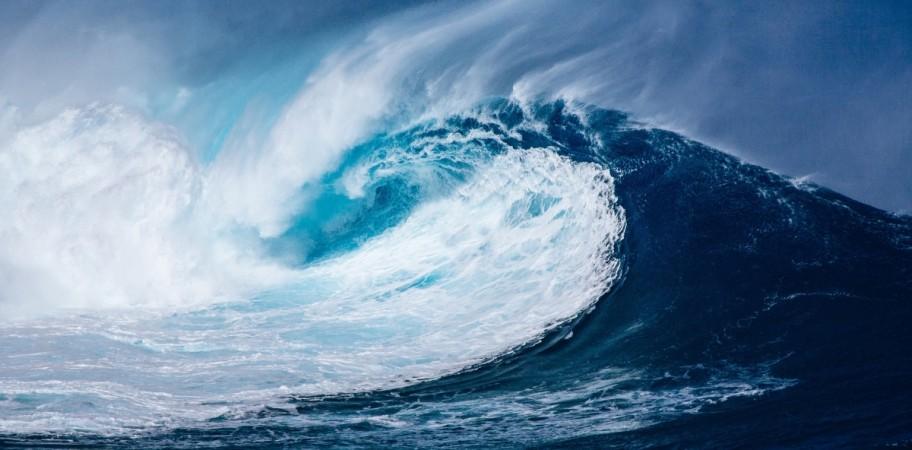
The mass graves in the northern Pacific and Scotland could be the final resting places of victims of natural disasters and not necessarily something sinister.
Researchers from the University of New South Wales (UNSW) have shown for the first time ever that burial sites in the Pacific, Mediterranean and northern Scotland could be related to deadly tsunamis, according to a report put out by the university.
The study and its findings provide a fresh look into past human-environment interactions and offers a new perspective on catastrophic events of the past, said James Goff from the PANGEA Research Centre at UNSW Sydney, who co-authored the paper.
Researchers studied coastal mass burial sites at the Solomon Islands and Vanuatu in the Pacific as well as in Orkney and Shetland in the UK. These mass graves cover an extended timeframe of human history, notes the report. This ranges from about 5,000 years back to about 500- 600 years ago.
Archaeological evidence shows that these regions were hit by tsunamis. This corresponds with the ages of the mass graves, says Goff. Evidence from burial sites, as well as the destructive potential of tsunamis, were both considered when researchers came up with this conclusion, notes the report. This actually fits the evidence better than the standard explanation like warfare or a medical epidemic.
Mass burial sites in the Solomon Islands, for example, showed people buried in positions that were not typical of the people who lived there and the dead are "uncharacteristically young", explains Goff. This is consistent with what archaeologists have come to expect after a natural disaster like a tsunami.
Modern tsunamis like the ones that hit Japan and Indonesia have massive death tolls and their destructive powers are well known and documented. Similarly, ancient mass graves have been found, sometimes with up to 60,000 bodies in them. This shows that there is a need to quickly bury the dead, this might overwhelm survivors who have no time to keep to funeral customs in such times.
Archaeological research along with geological evidence clearly shows that what happens now must have happened in the past. "It is this line of analysis will hopefully start being at the forefront of researchers' minds when excavating a coastal mass burial," says Professor Goff.
Goff went on to explain that tsunamis have never been considered as explanations for burial sites before – which is why no prehistoric coastal mass graves have ever been identified in the archaeological record as tsunami-related.
Proving that a site is related to a past tsunami could lead to a fundamental rewrite of how the coastal human settlement is studied in prehistory. It could also change what was thought to be common knowledge with regards to the culture and its people who lived in these parts. This finding could have dramatic implications on how archaeological sites are analysed.
The researchers' argument is not that every mass burial is tsunami-related. However, they add that not considering tsunamis as a potential reason could lead to researchers misinterpreting the findings.
Genevieve Cain from the University of Oxford, the lead author of the ground-breaking paper, says the team is now hoping to take the work to the next level.
"There is a fairly simple way forward here. When people die in a tsunami, they inhale saltwater that contains small marine micro-organisms called diatoms, which means they suffocate and then drown.
"These diatoms travel through the bloodstream and are deposited and preserved within the bone marrow of larger bones. If we can find marine diatoms, this may indicate that the body is a tsunami victim."
The researchers are now seeking funding to systematically check skeletal remains from mass burial sites around the world to drive the research into the next stage.
The study was first published in the Journal of Archaeological Method and Theory.
















